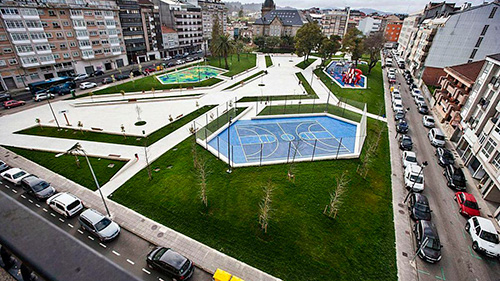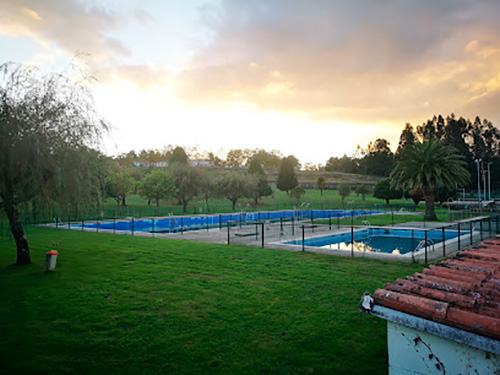
Local Pool
Practice swimming in any of its disciplines or have a good time relaxing in the facilities of the Municipal Pools of A Estrada.

Path of “la Geira y los Arrieiros”
The Camino de la Geira y los Arrieiros is known as the Camino de la Geira y los Arrieiros, the Spanish-Portuguese Jacobean route that starts in the city of Braga and ends in Santiago de Compostela in a route of approximately 240 kilometers.
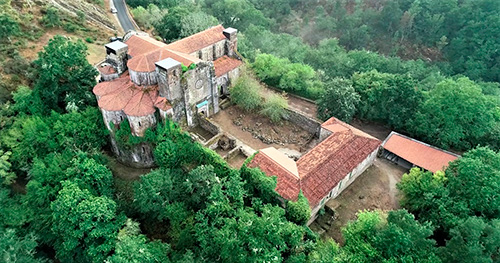
Carboeiro Monastery
The monastery of San Lourenzo de Carboeiro is one of the most outstanding architectural works of late Romanesque, transition to Gothic, in Galicia.

Toxa Waterfall
The Fervenza do Toxa is a natural spectacle. A native forest leads to this impressive waterfall, one of the most beautiful in Galicia. It is an amazing festival of nature, a spectacle of light, water and sound that will hardly be forgotten.

Pazo de Oca
Part of an original defensive type building, built by D. Suero de Oca at the end of the 15th century. In the 18th century, this building became a baroque-style agricultural and residential complex. Inside it houses the oldest Baroque garden in Galicia, terraced and dominated by water.

Liñares River Beach
Located between the parishes of Lagartóns and Moreira, in the municipality of A Estrada, the Liñares river beach is privately operated, although it can be accessed through the river area to enjoy a day for adults and children with a bathing area and games.

Guimarei Tower
It is a tower of the s. XIII, with a square floor plan that constitutes the last remains of a medieval castle destroyed by the irmandiños attacks in the s. XV, like most medieval castles in Galicia.

Campo Lameiro
In Campo Lameiro the rocks speak with an ancient voice. This town hall, located in the region of Terras de Pontevedra, is known for being the Galician capital of rock art.
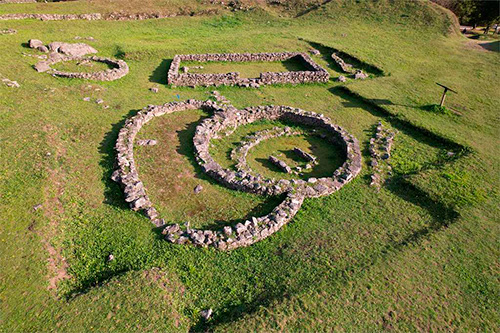
Castrolandin
Castrolandín is a medium-sized fort from the end of the Iron Age, inhabited at the end of the Castro culture by approximately 100 people dedicated mainly to agriculture.
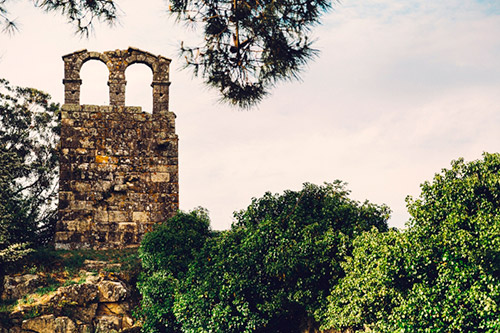
Calogo Tower
The tower is the only remaining part of the old Benedictine monastery of San Cipriano de Cálogo, founded by San Fructuoso in the 7th century. The monastery was destroyed by Norman raids in the 9th and 10th centuries.

Cruz de Lobeira viewpoint
Located on a small wooded mound, about 290 meters above sea level, it is a very popular spot for hikers.
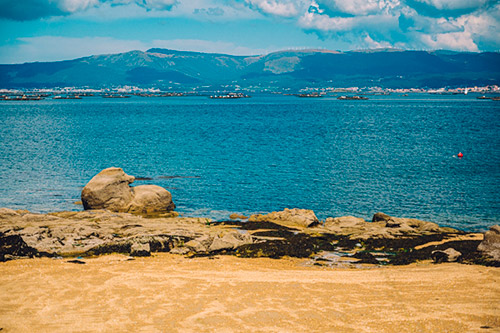
Mussels “batea”
The economy of Vilanova de Arousa has revolved around fishing since ancient times, since since the 16th century this was the great provider of fish for Castile. This abundance of raw material led to the establishment of a thriving canning industry, starting in the 18th century.

House Museum of the Camba Brothers
The Cambas stood out in the world of letters and journalism and in their house first editions of their works, pamphlets, newspapers, manuscripts and photographs are preserved, in addition to the everyday objects they used.
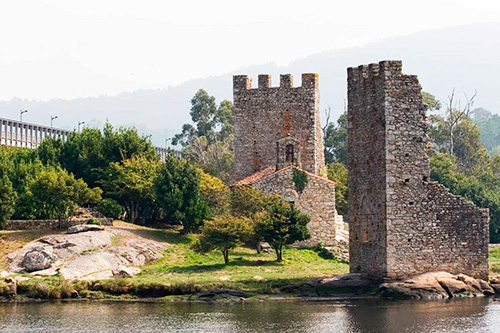
Portuguese Way spiritual variant
This variant of the Camino de Santiago joins the Camino Portugues with the Traslatio route, also known as the Mar de Arousa and River Ulla route, which is the origin of all the routes.
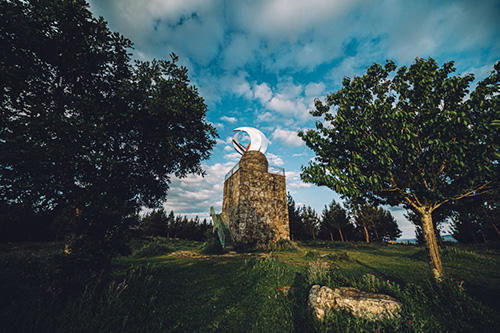
Faro das Lúas Viewpoint
An external staircase provides access to the upper part, from which you can see the Arousa estuary and part of the O Salnés region.
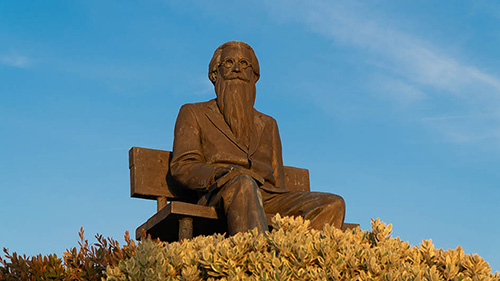
Monument to Valle-Inclán
In the Plaza do Castro, very close to the Mar de Santiago port, is the Monument to Ramón María del Valle-Inclán, one of the key authors of literature throughout the 20th century and the most illustrious resident of the seafaring town of Vilanova de Arousa.
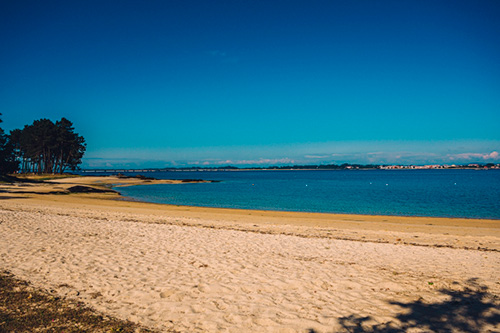
O Terrón beach
It is linked to the Port of Vilanova de Arousa by a comfortable pedestrian walkway that makes it very easy to approach the sandbank on foot or by bicycle.
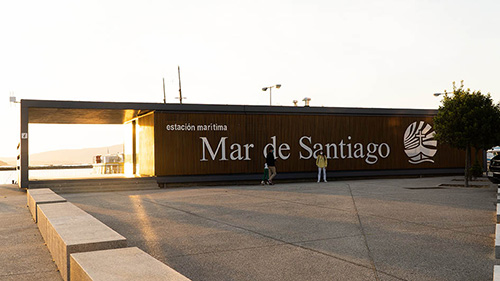
Mar de Santiago Port
The Mar de Santiago maritime station is the beginning of our particular Path to the Origin, since the boats that travel the river maritime route to Pontecesures depart from this place.

